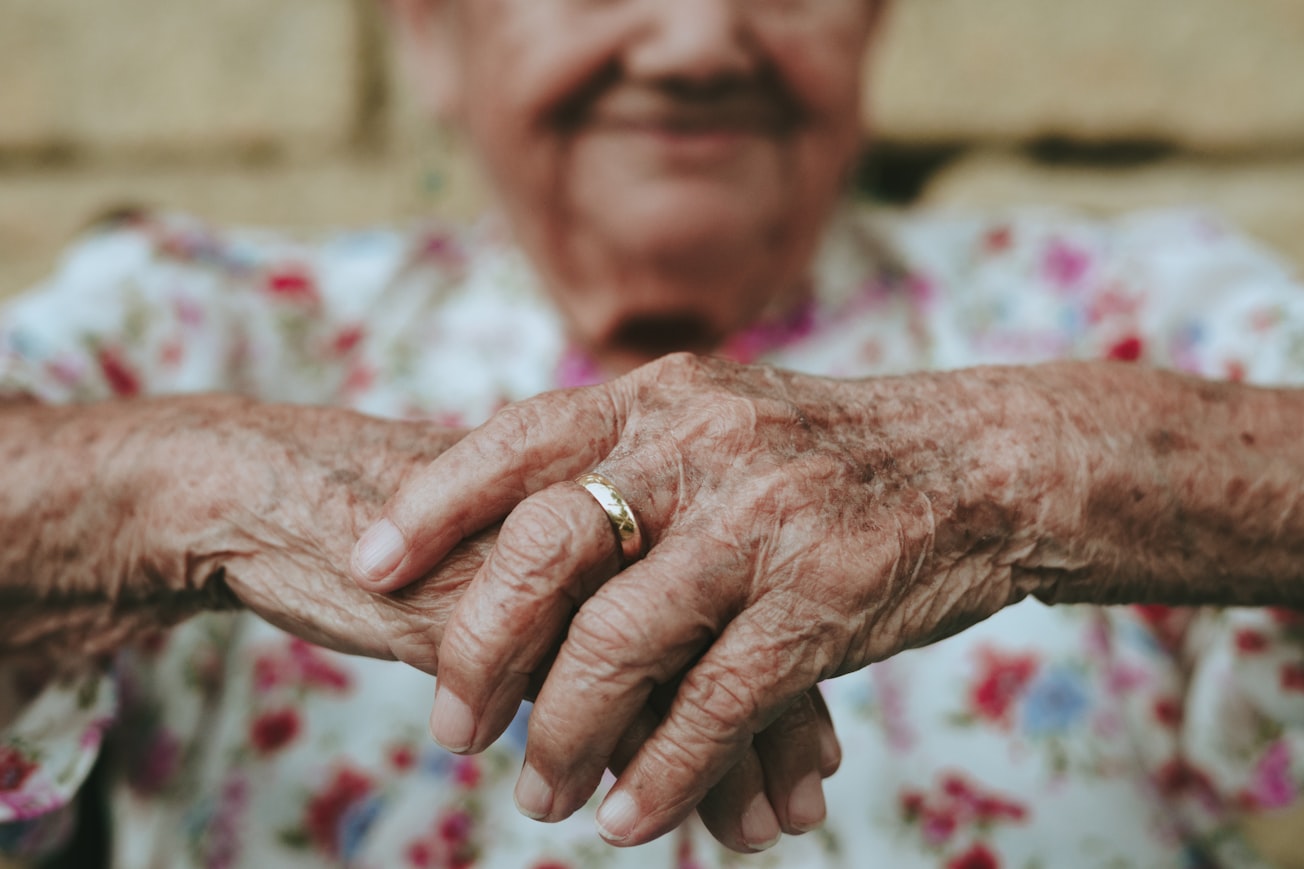What is it about?
Elderly patients who have a traumatic injury, known as silver trauma, are more difficult for clinicians to assess and treat. This is due to a variety of reasons, including normal bodily changes as you age, changes to ability to hear, talk and understand questions and ambulance delays making minor conditions worse. This article looks at the normal changes of the aging body and difficulties applying guidelines provided to medical staff to help make decisions surrounding their patients care. It focuses on neurology, osteology and haemorrhage.
Featured Image

Photo by Eduardo Barrios on Unsplash
Why is it important?
Silver trauma patients have a high mortality rate when compared to younger patients; there are several reasons for this. Silver trauma patients are prone to large injuries with low energy mechanism compared to younger patients, this means older patients are less likely to receive fast recognition of their injuries and the correct treatment. Additionally, the guidelines which support the treatment silver trauma patients receive are not based off research completed on elderly patients. Therefore, it is important clinicians are aware of these differences and adapt as necessary.
Perspectives
I find the pathophysiology differences between young and elderly patient groups fascinating and wonder if more can be done to bridge the gap between guidelines. If paediatrics have their own guidelines due to differing physiology, why can't geriatrics? Is writing these guidelines even possible given the different rates people age? I hope there is an answer to these questions someday.
Katie Passarelli
Read the Original
This page is a summary of: Challenges of prehospital silver trauma patients, Journal of Paramedic Practice, December 2022, Mark Allen Group,
DOI: 10.12968/jpar.2022.14.12.496.
You can read the full text:
Contributors
The following have contributed to this page







